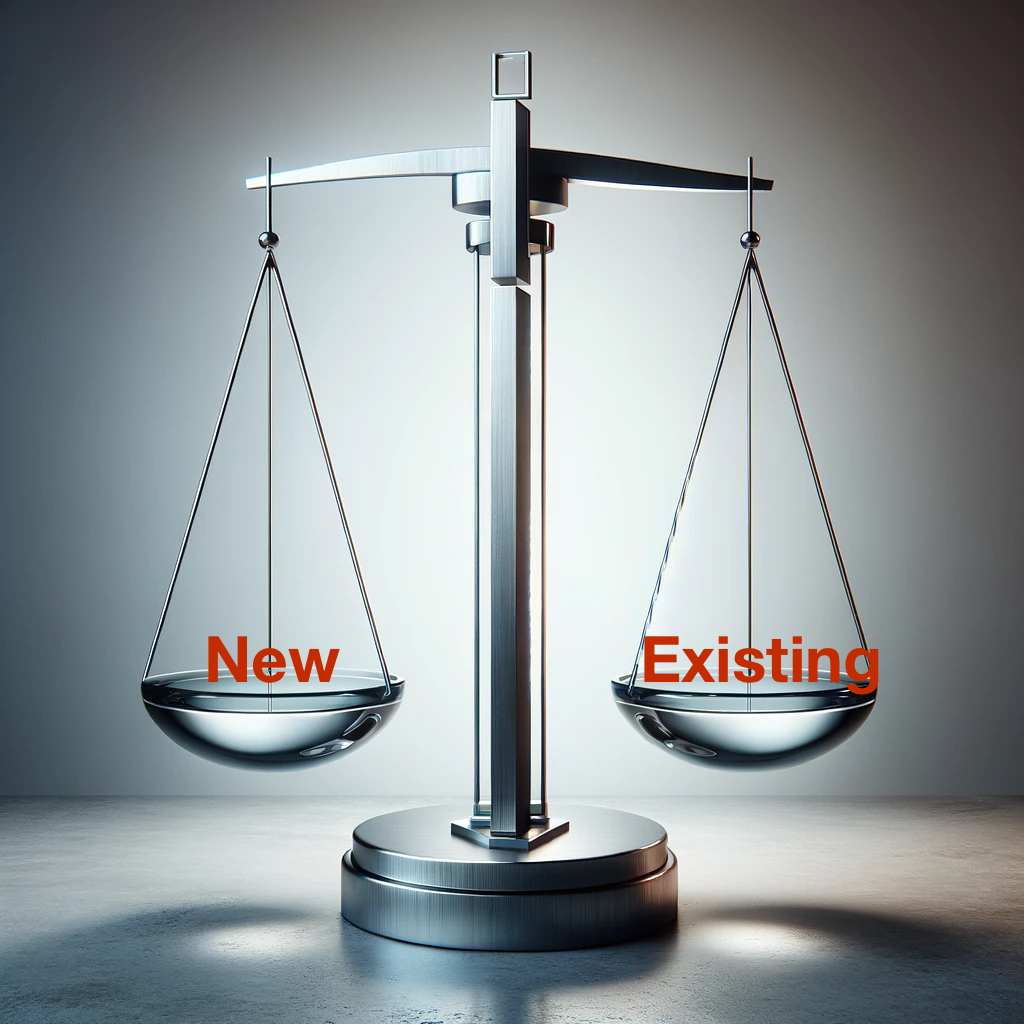by Trey Pruitt

Most companies think of new customer acquisition as the primary driver of revenue growth. But changes in retention/upsell rates pay big dividends since these improvements apply to all existing and future customer cohorts. Depending on your time frame, there can be plenty of business value in small changes to a customer's "unit economics".
The question implies that resources are scarce and that staffing or additional spending related to retention and expansion would need to come out of a marketing budget, and that probably means less spending on new customer acquisition. If you have to choose between money/effort for acquisition vs. retention/upselling, here's how I think about the issue. The best answer for your business depends on a few factors:
Suppose your time frame is 24 months. You have an incremental amount of budget to spend. You want to decide whether you should choose more new customer acquisition or more retention/upselling. For new customers, divide your incremental budget by average CAC and that will tell you how many incremental customers you could acquire. You can calculate how much, on average, a new customer generates in revenue and profit margin over the 24 months. Multiply by number of customers and that is the incremental amount of revenue and profit.
Retention and upselling is a bit more complicated. First you need to determine how much residual revenue and profit you can expect from existing customers. Implicit in this calculation are renewal rates ("retention") and upsell rates ("upselling") if you didn't invest more in these activities1. That's the baseline. Then you want to estimate how much you could improve retention and/or upselling with incremental budget for incentives, better customer service, product improvements, etc. eEstimate the incremental revenue and profit margin that would be generated over the 24-month period if renewal rates were X% higher and/or upsell rates were Y% higher. Then add to that the increased value of new customers acquired during the time period with improved retention/upsell rates. Compare the total against the revenue and profit from increased new customer acquisition.
Whether focusing more on acquiring new customers vs. retaining/upselling existing customers depends on the particulars of your specific business. If you'd like to find out which makes more sense for you, let's schedule a call and discuss!
A cohort forecast model with retention and upsell rates is usually the best method to estimate this value ↩